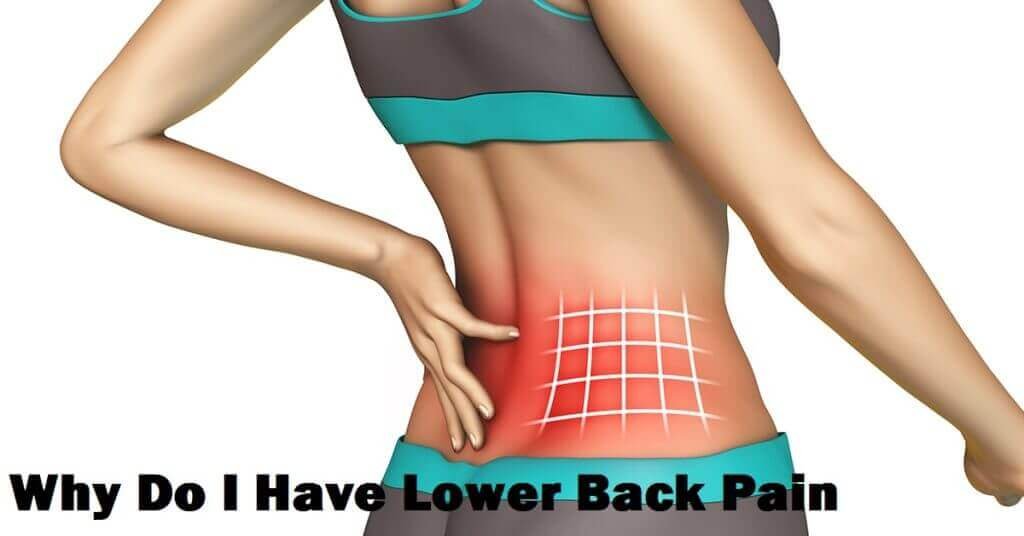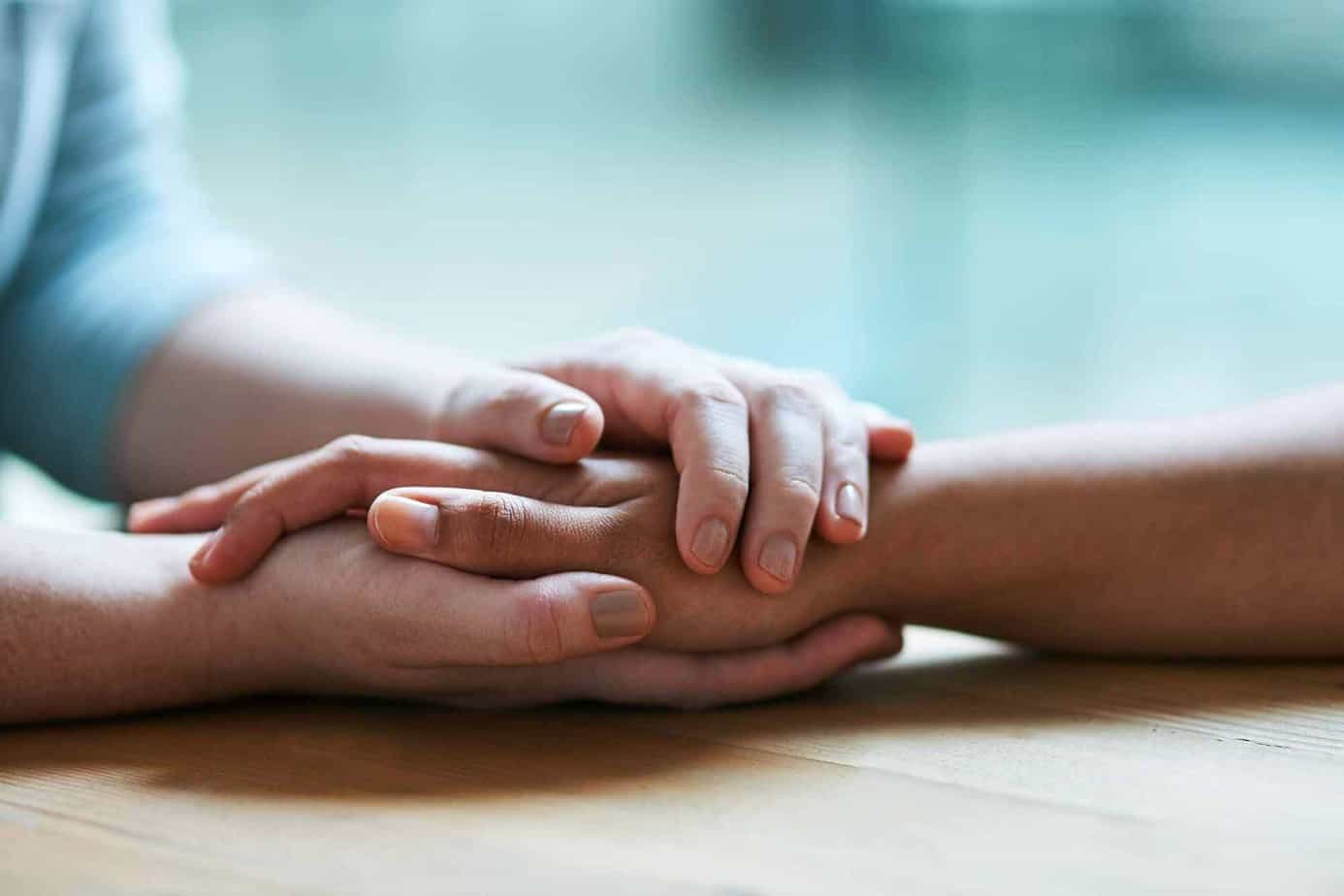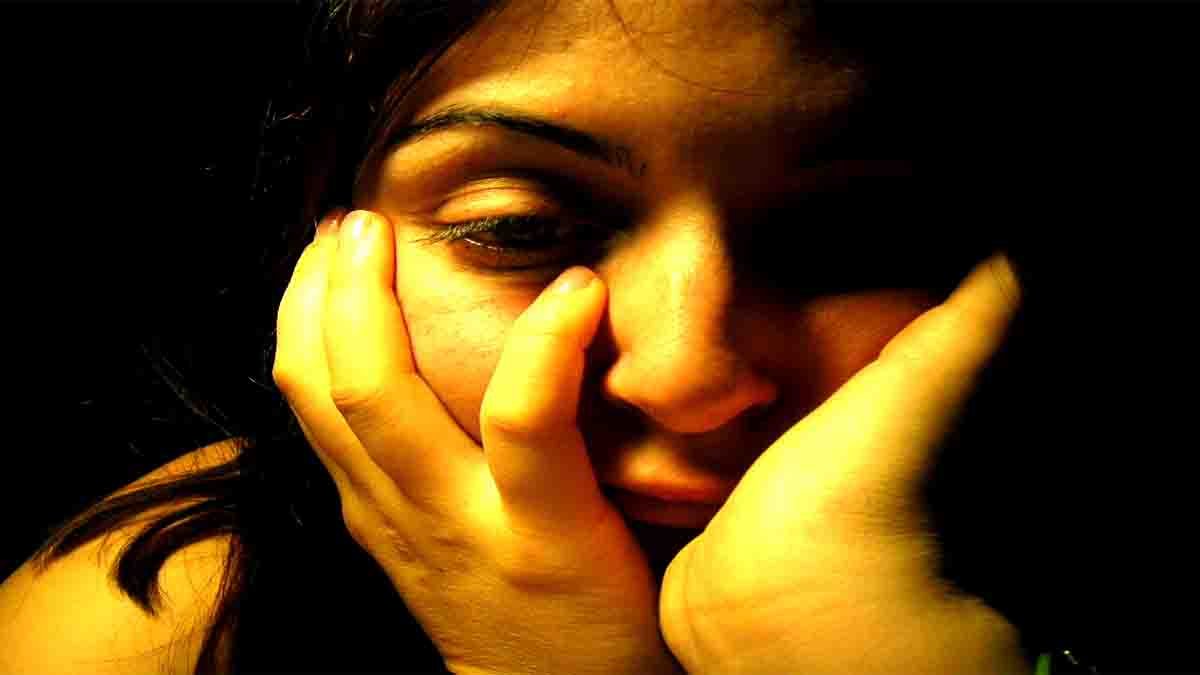Why Do I Have Lower Back Pain? Lower back pain is a common ailment that affects people of all ages and lifestyles. It can be debilitating and impact daily activities. In this comprehensive article, we will unravel the mystery behind lower back pain, exploring its causes and offering practical solutions. Whether you’re seeking answers for your own discomfort or looking to understand the underlying reasons behind lower back pain, join us as we decode the enigma and provide valuable insights for a pain-free life.

Understanding Lower Back Pain
To effectively address lower back pain, it is crucial to have a basic understanding of the complex structures involved. We will discuss the anatomy of the lower back, including the spine, muscles, and nerves, and how they contribute to pain. This section will provide a foundation for comprehending the causes and potential solutions.
Common Causes of Lower Back Pain
Lower back pain can stem from various factors. We will delve into the most common causes, such as muscle strains, herniated discs, and poor posture. Additionally, we will explore the impact of lifestyle choices, such as sedentary habits, lack of exercise, and improper lifting techniques. By identifying the root causes, readers will gain insights into their own situations and better understand how to manage and prevent future occurrences.
Unveiling the Hidden Culprits
Sometimes, lower back pain can be linked to less obvious factors. This section will shed light on lesser-known causes, such as stress, emotional well-being, and underlying medical conditions. By addressing these hidden culprits, readers can uncover potential triggers and take steps toward alleviating their pain.
Effective Solutions and Prevention Tips
Discovering the causes is only part of the equation; finding practical solutions is equally important. We will explore a range of effective treatments and remedies, including stretching exercises, physical therapy, hot and cold therapy, and ergonomic adjustments. Moreover, we will provide readers with prevention tips to maintain a healthy back and minimize the risk of future episodes.
Seeking Professional Help
While self-care measures are valuable, seeking professional help can offer additional guidance and relief. We will discuss when it’s appropriate to consult healthcare professionals, such as doctors, chiropractors, or physical therapists, and the potential benefits they can provide. This section will empower readers to make informed decisions about their healthcare options.
Conclusion
Lower back pain can significantly impact one’s quality of life, but understanding its causes and solutions can lead to effective management and prevention. By decoding the mystery behind lower back pain, readers can take proactive steps toward a pain-free future. Remember, each individual is unique, and finding the right combination of solutions may require some trial and error. With the insights provided in this article, you will be equipped with the knowledge to navigate your lower back pain journey and find relief. Empower yourself and embrace a life free from lower back pain.
FAQ About Why Do I Have Lower Back Pain?
Why do I experience lower back pain?
Lower back pain can have various causes, including muscle strains, herniated discs, poor posture, sedentary lifestyle, improper lifting techniques, stress, emotional well-being, and underlying medical conditions. Identifying the specific cause requires evaluating your symptoms, lifestyle, and medical history.
How can poor posture contribute to lower back pain?
Poor posture, such as slouching or sitting for prolonged periods with a rounded back, can strain the muscles and ligaments of the lower back. This can lead to muscular imbalances, increased pressure on spinal discs, and discomfort or pain in the lower back region.
Can stress and emotional well-being affect lower back pain?
Yes, stress and emotional well-being can contribute to lower back pain. Psychological factors like stress, anxiety, and depression can manifest physically, leading to muscle tension and increased sensitivity to pain. Emotional well-being plays a role in managing and coping with lower back pain.
Are there any preventive measures to avoid lower back pain?
Yes, there are several preventive measures you can take to avoid lower back pain. Maintaining good posture, engaging in regular exercise to strengthen core muscles, using proper lifting techniques, avoiding prolonged sitting or standing, practicing stress management techniques, and maintaining a healthy weight can help reduce the risk of developing lower back pain.
When should I seek professional help for my lower back pain?
It is advisable to seek professional help for lower back pain if the pain persists for more than a few days, intensifies, or is accompanied by other concerning symptoms like numbness, tingling, weakness, or difficulty in bowel or bladder control. Consulting a healthcare professional, such as a doctor, chiropractor, or physical therapist, can help diagnose the underlying cause and provide appropriate treatment.
What are some common treatment options for lower back pain?
Treatment options for lower back pain depend on the cause and severity of the pain. They may include over-the-counter pain relievers, physical therapy, stretching exercises, hot and cold therapy, massage, chiropractic adjustments, and in some cases, prescription medications or surgical interventions. The best approach will be determined by the healthcare professional based on your specific condition.
Can regular exercise help alleviate lower back pain?
Yes, regular exercise, especially activities that strengthen the core muscles, can help alleviate and prevent lower back pain. Exercises like gentle stretching, yoga, swimming, and low-impact aerobic exercises can improve flexibility, promote muscle strength, and provide support to the lower back.
Are there any lifestyle changes that can reduce the risk of lower back pain?
Making certain lifestyle changes can reduce the risk of lower back pain. These include maintaining a healthy weight, practicing good posture, using ergonomic furniture and equipment, incorporating regular physical activity into your routine, taking frequent breaks during prolonged sitting or standing, and managing stress effectively.
Can lower back pain be a sign of a serious underlying condition?
In some cases, lower back pain can be a symptom of a serious underlying condition, such as a herniated disc, spinal stenosis, osteoporosis, or a spinal infection. It is important to consult a healthcare professional for a proper diagnosis if you experience persistent or severe pain to rule out any potential serious conditions.
Can lower back pain be completely cured?
The management of lower back pain varies depending on the cause and individual factors. In many cases, lower back pain can be effectively managed and improved with appropriate treatment and lifestyle modifications. However, it is important to note that complete elimination of lower back pain may not always be possible, and long-term management


